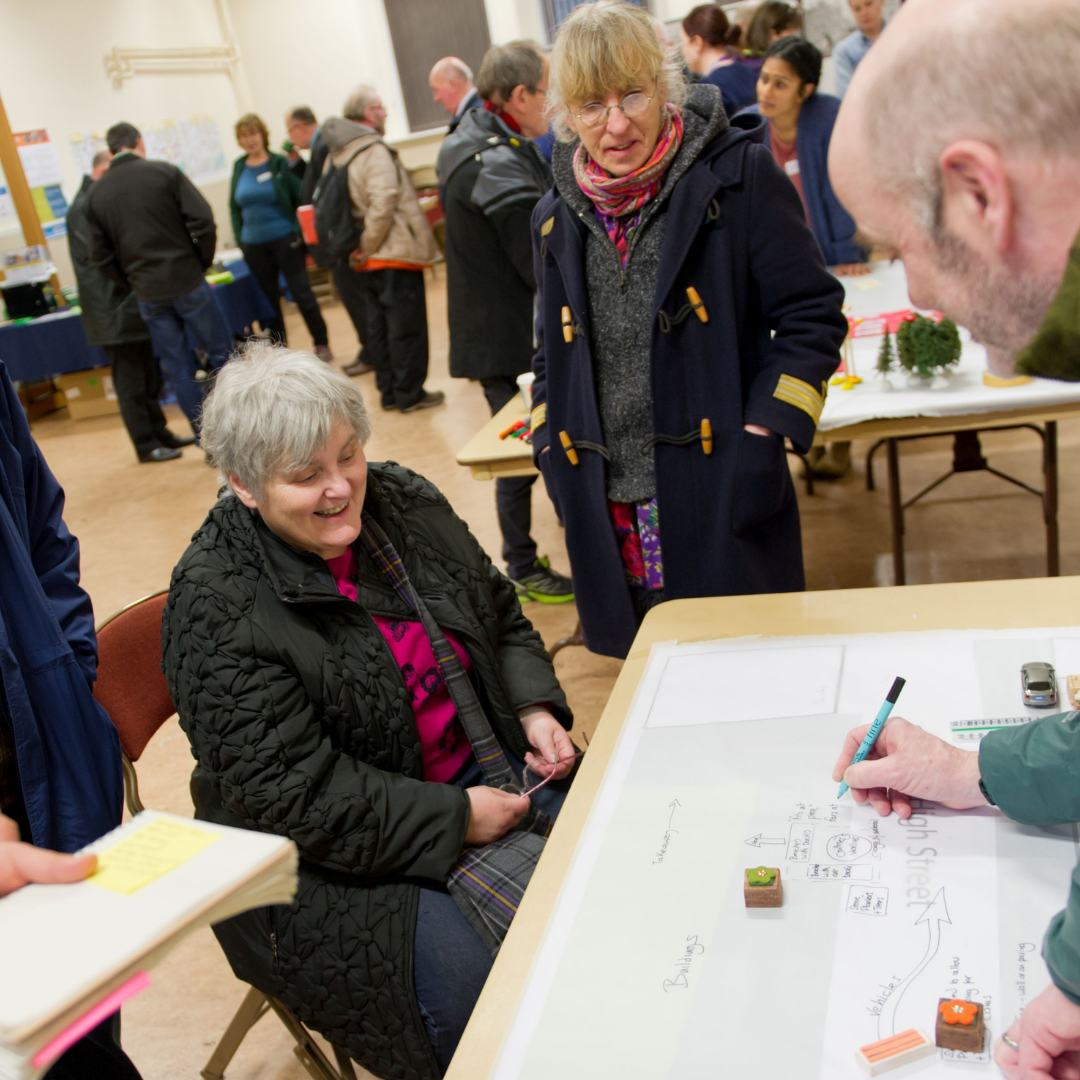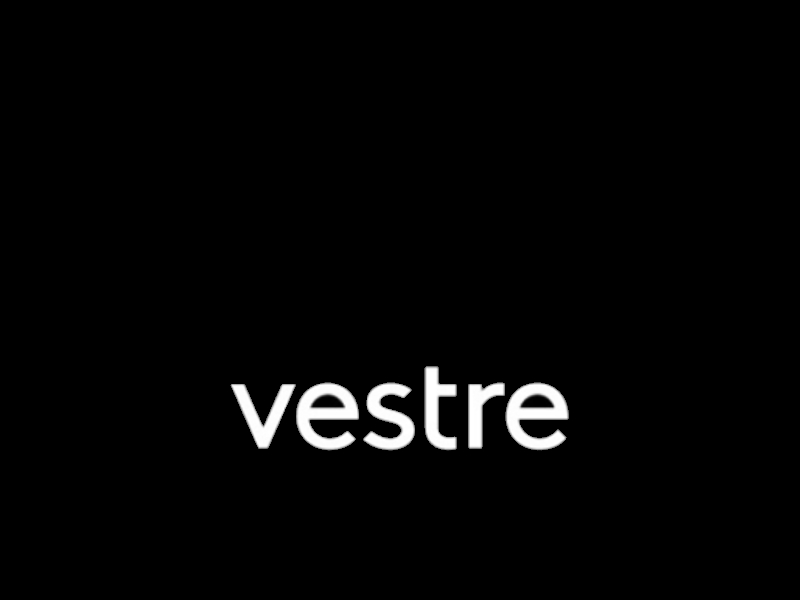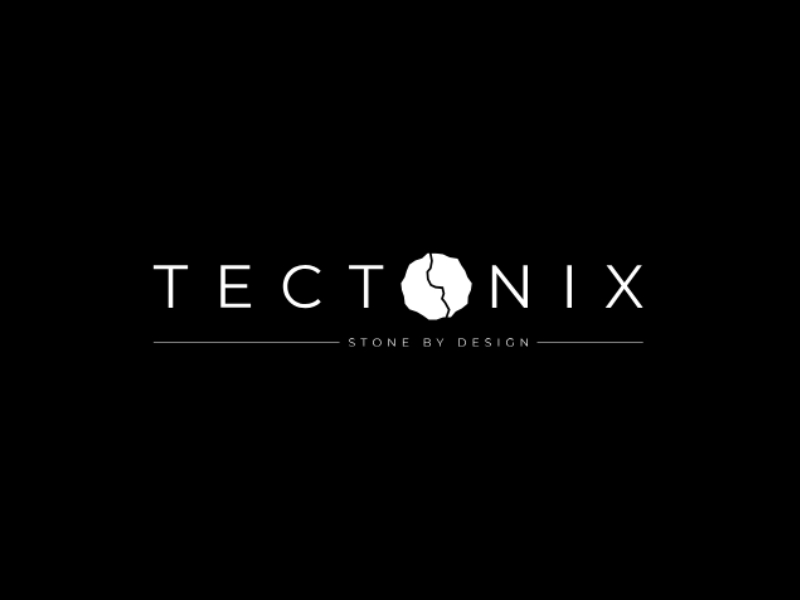Project showcase
Wick Street Design Project, Wick, Caithness – Wick Community Council, Caithness Community Partnership and The Highland Council with Sustrans

This 12-month collaborative design process through Sustrans’ Street Design Programme saw the project team work with the local community of Wick and stakeholders between September 2019 and October 2020 to develop an ambitious concept design for the High Street, Market Square and the intersection of Bridge Street and nearby lanes.
Where is the project located
Wick High Street, Wick, Caithness, KW1 4AB
Who is the developer/client of the project?
Wick Community Council, Caithness Community Partnership, The Highland Council
Describe the context of the community engagement. Why did the engagement take place?
The Highland Council in partnership with The Royal Burgh of Wick Community Council and Caithness Community Partnership applied to Sustrans Scotland in March 2019 for a 12-month collaborative design process through Sustrans’ Street Design Programme. The project team worked intensively with the local community of Wick and stakeholders between September 2019 and October 2020 to develop an ambitious concept design for the High Street, Market Square and the intersection with Bridge Street and nearby lanes. The aim was to create the following:• Warm, welcoming and more attractive public spaces;
• A comfortable and safe environment to walk, wheel and cycle;
• Better travel experiences through Wick town centre - particularly when accessing local facilities;
• A stronger sense of identity for the town centre, drawing on local culture and heritage.
A key aspect of this project was also to enable local people and stakeholders to have a direct influence on the design process. Pre-works surveys conducted by Sustrans highlighted a low ‘sense of community’ and limited sense of ability to participate in local decision making amongst respondents. To maximise engagement and empowerment a four stage ‘Co-design’ approach was utilised. Each stage enabling the community and people of different ages, abilities and backgrounds to come together and work alongside skilled individuals to shape, refine and reflect on the design development process. Additional targeted engagement was undertaken with local stakeholders and access group to ensure the designs would maximise inclusiveness and support and enhance the historical context of the town centre.
Tell us what you did, and how you did it. What was your approach in talking to the community
This was a people driven project with extensive work undertaken before the project launch to ensure the engagement process was as representative and inclusive as possible. Stakeholder mapping and community analysis were undertaken to identify key groups alongside the development of communication plans and a project website. This enabled the team to develop relationships with local people, understand local issues and shape the engagement to fit the needs of people in Wick.Face to face engagement was the preferred option with Sustrans and the Project Partners organising 20 in-person events. Events ranged from drop-in sessions, heritage workshops through to school sessions, walking audits and discussions with local access group. As the pandemic hit engagement switched to digital methods with four events being held including design webinars for the public and steering group. These webinars were supported by fly through narrated videos explaining each phase of the design proposals. A range of innovative engagement techniques were trialled including on-street events, model kits, live drawing sessions and storytelling events where older ‘Wickers’ could share living history that could be highlighted in the concept design.
Critical to the success of this project was the establishment of a steering group including community organisations, residents, business owners and young people. Through collaborating with the Steering Group on key project decisions and delivery, the project was able to empower local community representatives to as act as Project Champions within their community and strengthen the projects value locally.
How were the results of the community engagement incorporated into decision making? Have you continued the conversation? Will the community stay involved?
Over 1400 people visited the project’s engagement platform and more than 150 people responded to the final consultation. The Project Champions, who were a result of the Steering Group were pivotal to successful project delivery and continue to drive the project forward. Relationships with the Project Champions were developed through consistent communication, open discourse and genuine efforts to take on board their ideas. This built trust within the team and empowered Project Champions to lead on some aspects of the project.As a result, the final concept designs for the project are a true reflection of the community’s desire for change. The designs strictly adhere to the design framework that was co-created with the community in the Develop Stage of the project, with the help of Project Champions. With the project team support, The Highland Council and the Community Council have applied to Sustrans’ Places for Everyone programme for further funding to progress this concept design to the final stages: 1) technical design, where more detail will be added, such as specific material choices and precise measurements; and 2) construction. We have recommended that the steering group continue to be involved in the project to ensure that the community continues to have a voice as the project develops. Commenting on the overall experience of working with Sustrans, a Steering Group member said.
“I found your approach very inclusive and while you were able to provide examples of good practice you also listened to the locals and included their ideas.”
Please provide any evidence or data that highlight your environmental or social impacts and your sustainability approach.
The Wick Street Design project fits into a longer-term strategic vision developed by Wick Community Council, The Highland Council, and stakeholders through the Wick Locality plan to bring more commercial and social life back to Wick and the region. Wick High Street and Market Square are recognised as important spaces that should be vibrant and thriving and provide a mixture of services for day-to-day users but also be part of a space that in itself can become a high-quality destination for visitors and locals alike. Wick is on part of the NC500 route and sees a significant number of visitors each year. Improvements to the town centre have the potential to capture more economic activity through investment in the quality of the spaces in the town and tie into a future vision of a more sustainable region.The redevelopment of the High Street and Market Square also fit into a broader vision to design for, and encourage, more people in Wick to travel actively, which was developed through the Wick Active Travel Masterplan. The masterplan outlines several measures that could enable the creation of a network of walking, cycling and wheeling routes across the town. Improvements to the High Street and Market Square would benefit this larger vision for more sustainable travel. The space has therefore been designed to make it more people friendly with through traffic limited to deliveries and disabled access and journeys by walking, cycling wheeling actively encouraged alongside high quality investment in the public realm.
Festival of Pineapples
24-26 February 2026
Pineapples prize giving night
April
Pineapples at Festival of Place
10 June 2026
© The Pineapples - Tweak Ltd. 124 City Road, London, EC1V 2NX. Tel: 020 3326 7238



